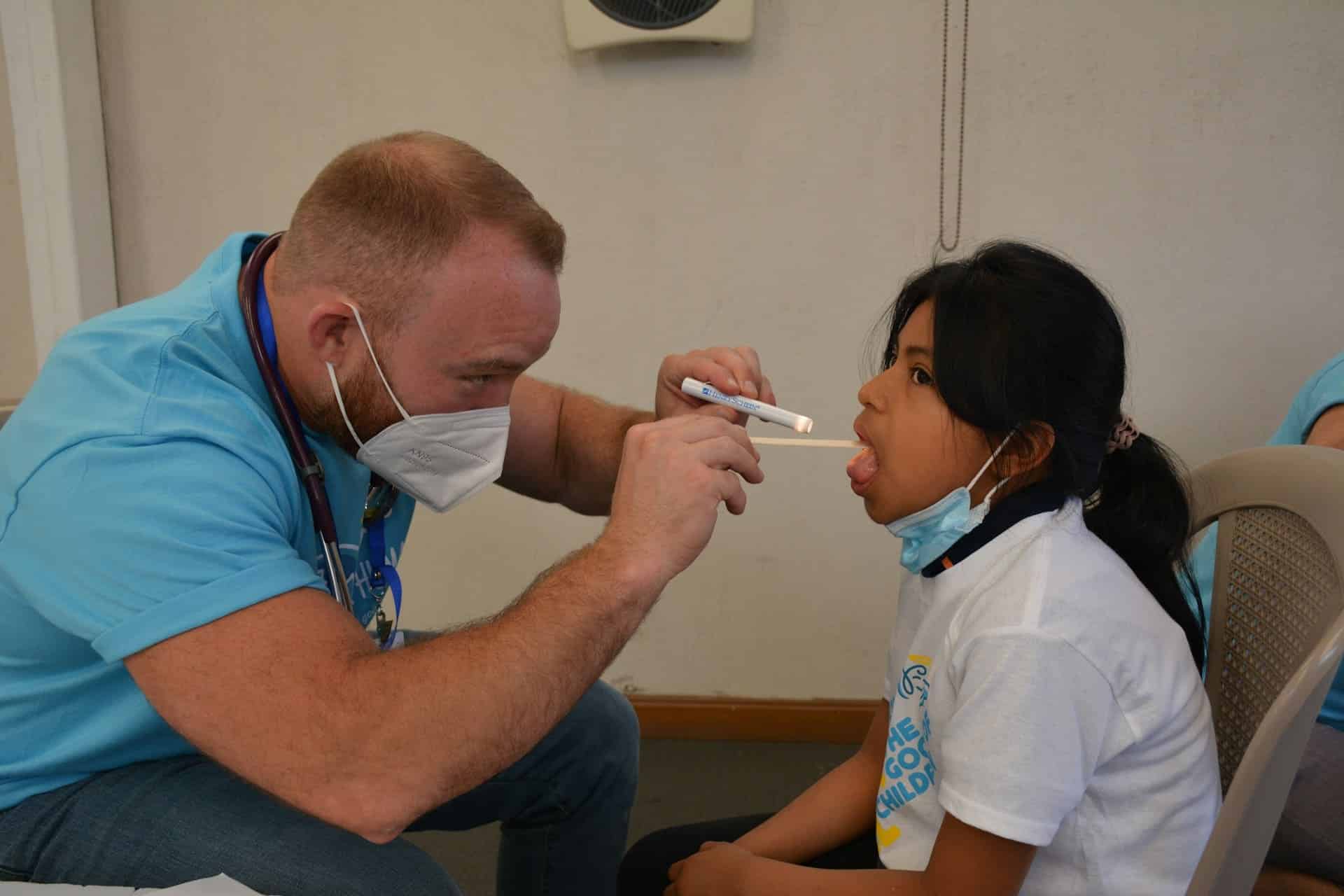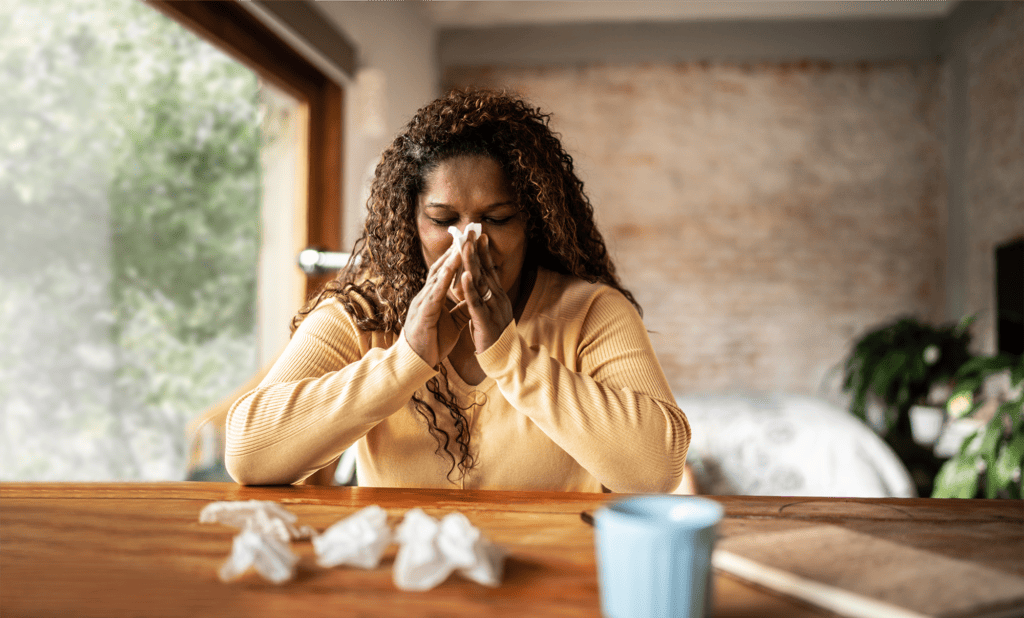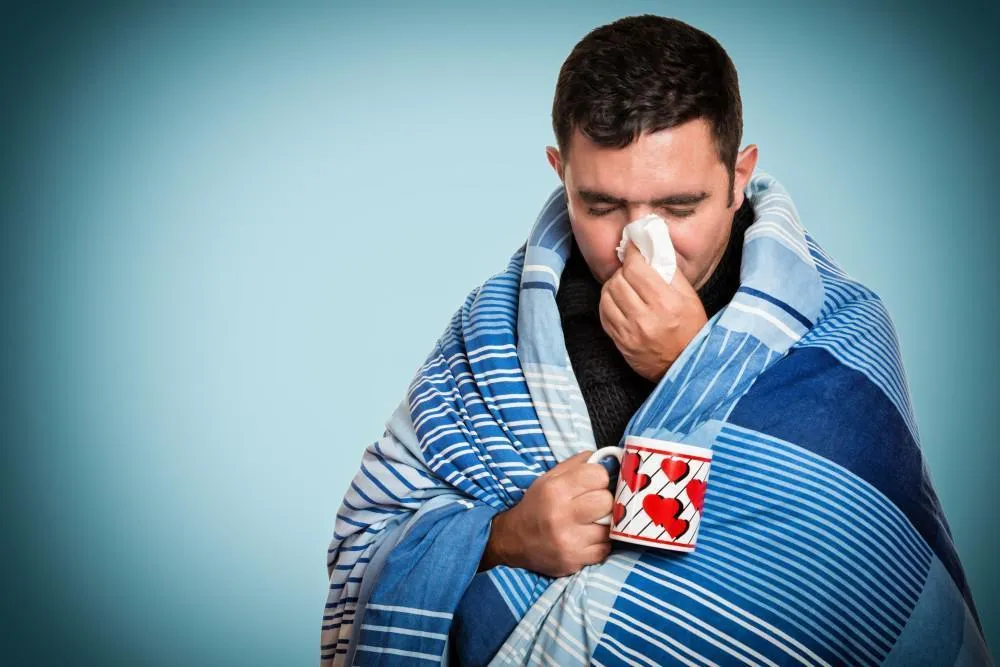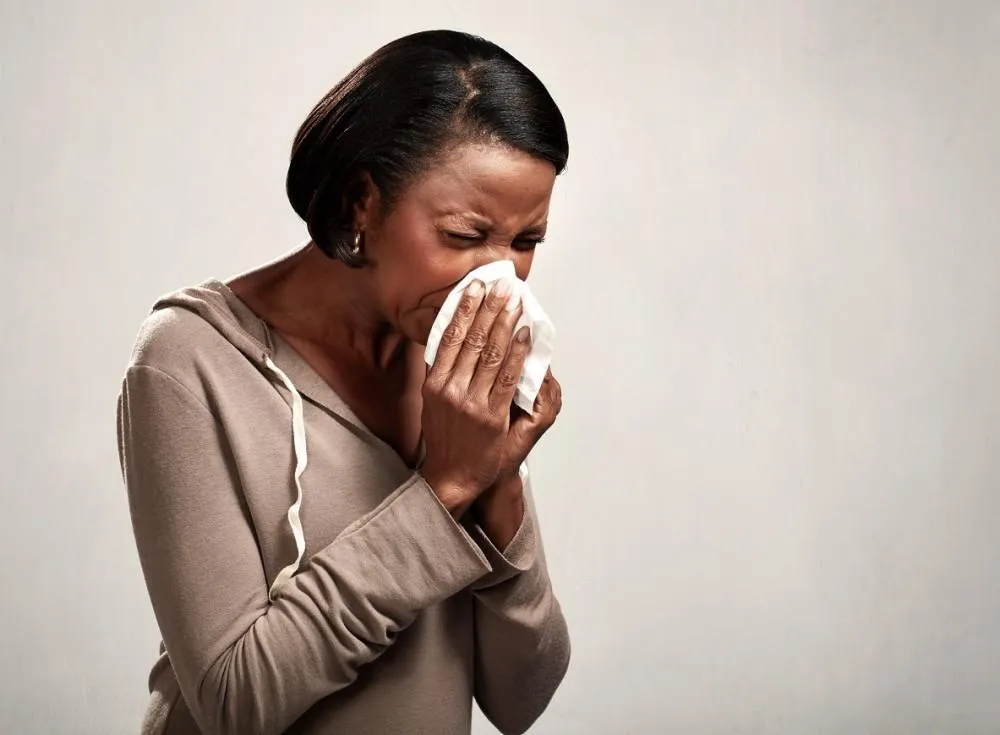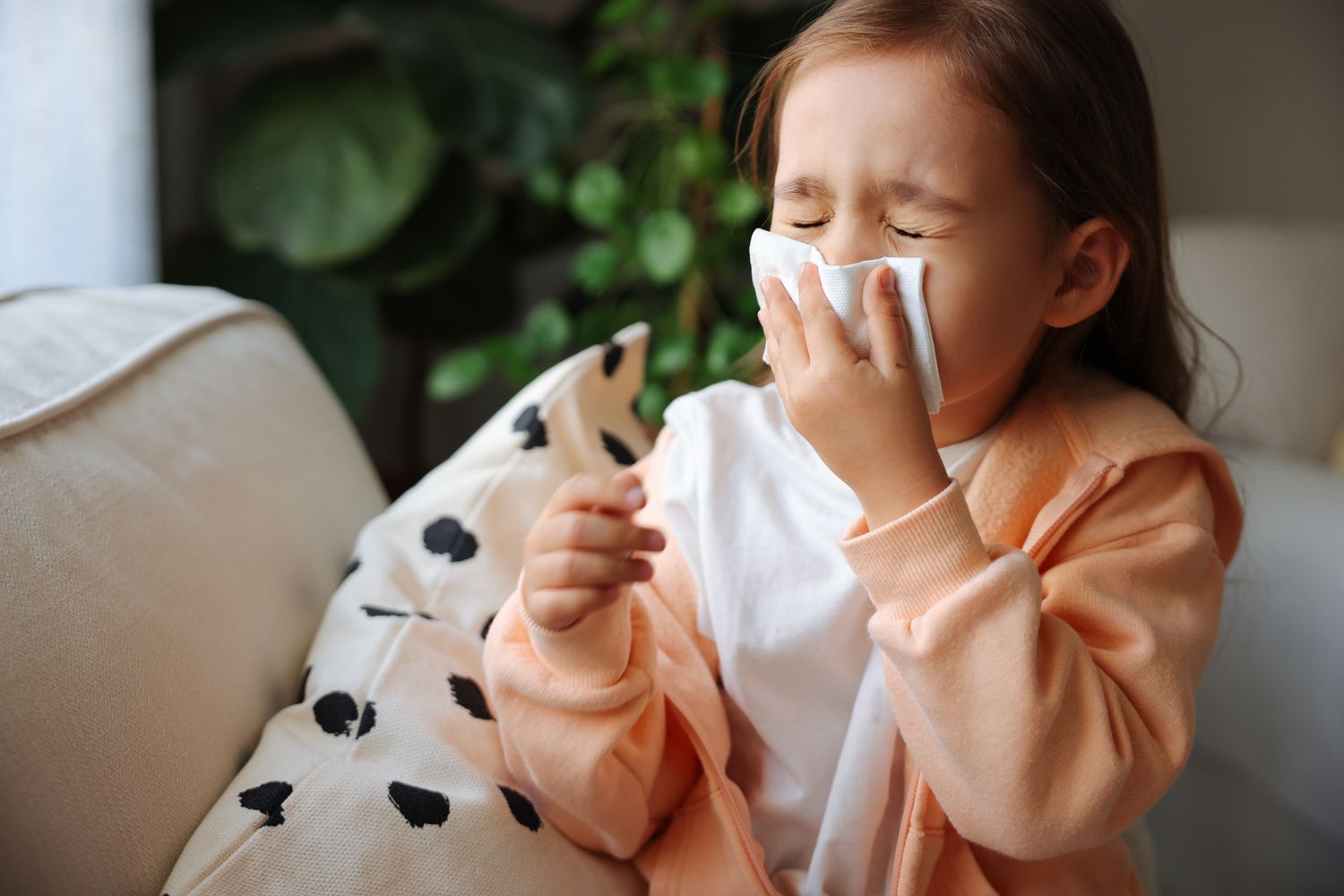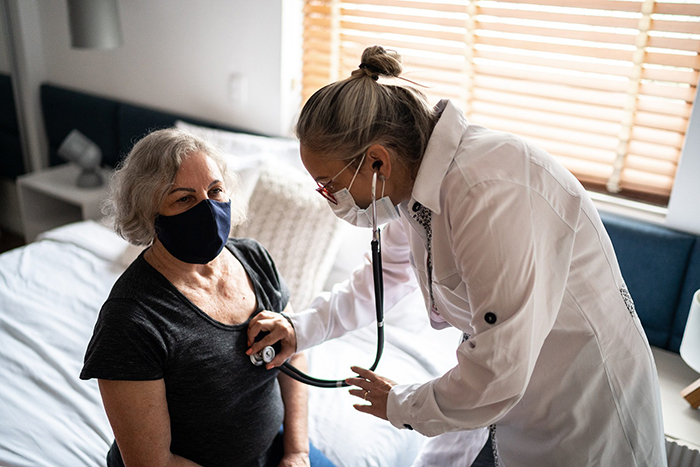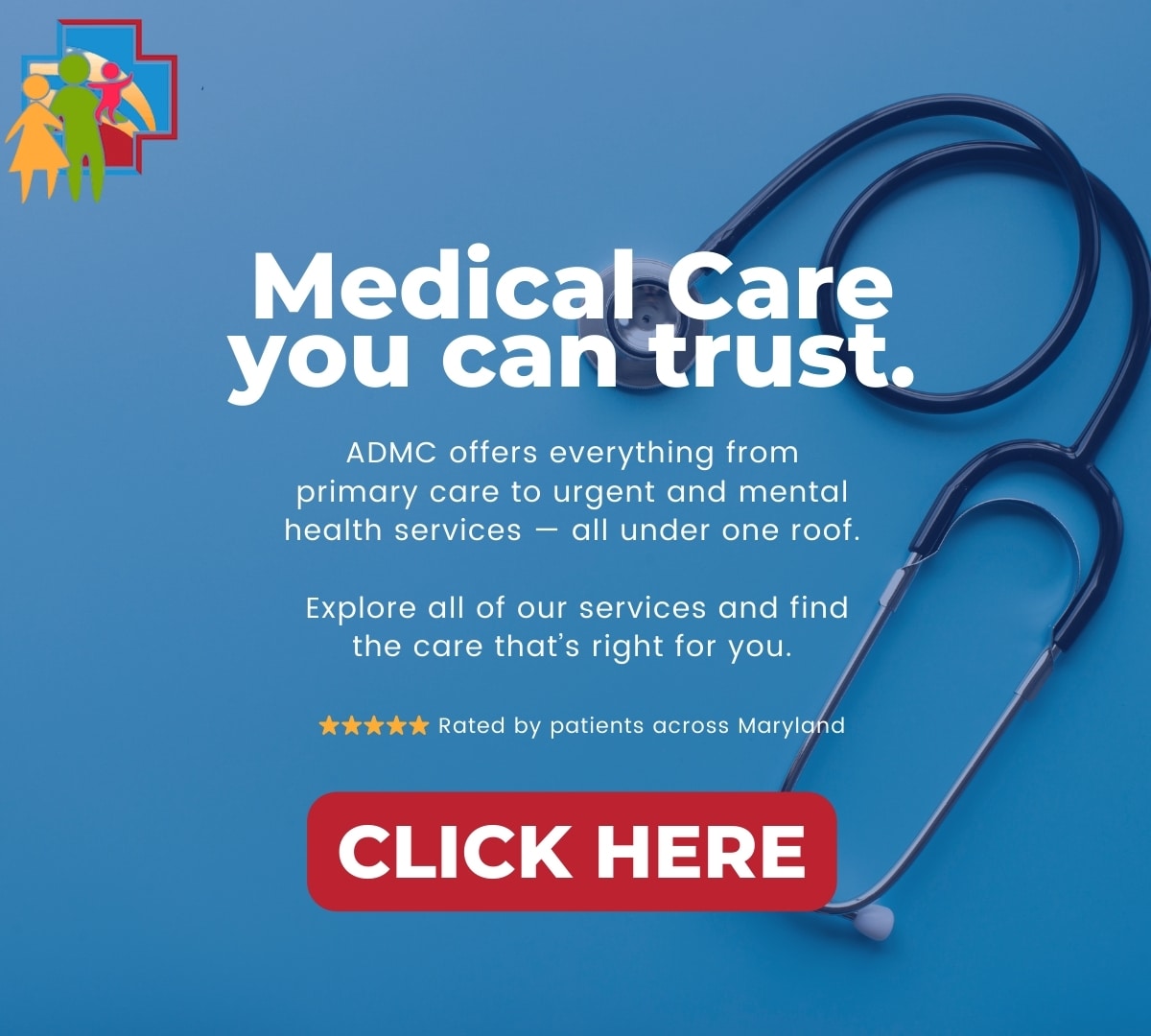Common Viruses in Children: 7 Infections Kids Pick Up at School
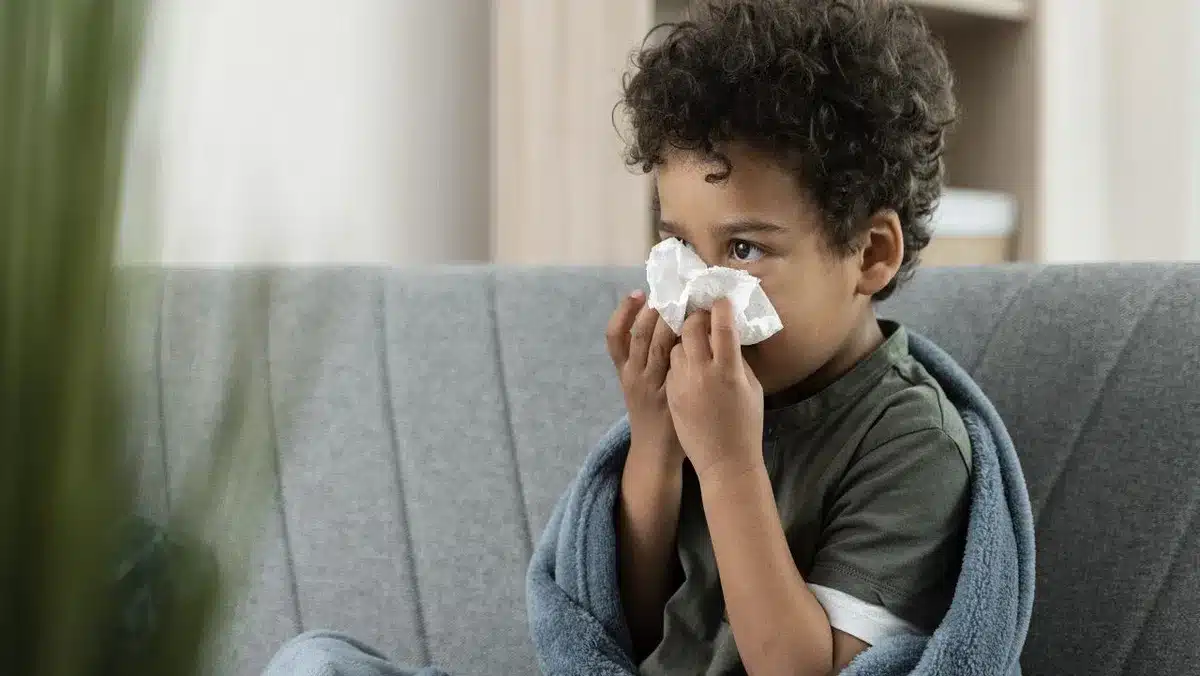
Children are naturally curious and social, making schools a hotspot for the spread of infections. While classrooms provide an ideal setting for learning and development, they also create a perfect environment for the transmission of infection in children. Young immune systems, still building defenses, are particularly susceptible to infections, especially in communal spaces like schools. Understanding the common viruses can help parents, teachers, and caregivers take proactive measures to reduce the risk of illness and promote a healthier learning environment. This guide will highlight the seven most common infections in children that kids often pick up at school, offering insight into prevention, symptoms, and when to seek medical care.
According to the CDC, approximately 20% of the U.S. population gets the flu each year, with children being more susceptible. Between 7,000 and 26,000 children younger than 5 are hospitalized annually due to flu-related complications. Each year, RSV leads to 58,000–80,000 hospitalizations in children under 5 in the U.S. Parents and teachers can help students with back-to-school stress management by establishing routines, promoting healthy habits, and encouraging open communication about any anxieties they may have.
Introduction to Common Childhood Viruses
Of course, each parent is familiar with this phenomenon: a child has a cold, which is expressed by a runny nose or cough and is sometimes accompanied by a fever that lasts for several days, and after visiting a clinic, the doctor identifies that it is a viral disease. A school is a perfect environment for the spread of the most common infections in child. The constant socialization of children and close contact with toys and common objects create ideal conditions for the transmission of infections. Do not ignore the importance of a medical examination at school because, in many ways, your child’s health depends on it.
Why Do Children Get Sick So Often?
- Immature immune system: Children’s immune systems are still developing, so they are more susceptible to various viruses.
- Close contact: At school, children spend a lot of time together, playing, socializing, which contributes to the rapid spread of infections.
- Poor hygiene: Children often forget to wash their hands and touch their faces with dirty hands, which increases their risk of contracting school viruses.
Virus infections are invisible threats that often affect our children. At school, where many children spend time in close contact, the risk of illness increases. Protecting against these threats becomes a key challenge for parents, teachers, and healthcare providers.
Common Cold (Rhinovirus)
The common cold causes symptoms like a runny nose, sore throat, and cough. Children can catch multiple colds each year, particularly during colder months.
Influenza (Flu)
Influenza is a contagious respiratory viral infection in kids that can lead to fever, body aches, fatigue, and severe respiratory issues in children. The flu season typically peaks in the winter and can result in serious complications, especially in younger children.
Respiratory Syncytial Virus (RSV)
RSV is diagnosed very often in young children. Symptoms often resemble the common cold but can develop into more serious conditions like bronchiolitis or pneumonia, particularly in infants and toddlers.
Gastroenteritis (Norovirus and Rotavirus)
Gastroenteritis is caused by infections in children, such as norovirus and rotavirus. This condition causes symptoms like vomiting, diarrhea, and abdominal pain and is highly contagious, often spreading quickly in childcare settings.
Hand, Foot, and Mouth Disease (Coxsackievirus)
This is a viral infection that can be spread from one person to another through contact. It is marked by fever, mouth ulcers, and blisters on hands and feet. It is typically found in children and usually occurs in the summer or early fall.
Chickenpox (Varicella-Zoster Virus)
Chickenpox is a bacterial infection in children characterized by inflamed skin, red rashes and fatigue unlike any other. It is not as easy as it seems nowadays because of the extensive immunization against it, but there are cases among the kids who have not been vaccinated.
Fifth Disease (Parvovirus B19)
Fifth disease, also known as “slapped cheek syndrome,” causes a rash on the body and flu symptoms. It primarily affects school-aged children and tends to spread during outbreaks in classrooms.
Recognizing the Symptoms of These Infections
Common bacterial infections in toddlers have distinct symptoms, although many share overlapping signs like fever, fatigue, and respiratory issues. Recognizing the early symptoms of these infections is key to ensuring prompt care and preventing further spread in schools or daycare settings. Allergy symptoms in children may resemble those of a viral disease, so parents should be careful when treating them. Below are the main symptoms associated with each of these common childhood viruses.
Common symptoms of rhinovirus include runny or stuffy nose, sore throat, sneezing, coughing, mild fever, and general fatigue. These typically last 7–10 days. Symptoms of infection in children usually improve on their own without medical intervention.
The flu is expressed by a fever, chills, muscle or body aches, sore throat, dry cough, fatigue, headache, and, in some cases, vomiting and diarrhea. Influenza symptoms last from a few days to two weeks. It can lead to severe complications. This is exactly why you should use flu treatment services.
RSV symptoms include runny nose, coughing, sneezing, wheezing, and decreased appetite. They often last about 1–2 weeks. This viral infection in kids can lead to bronchiolitis or pneumonia, which requires medical care in severe cases.
Gastroenteritis is characterized by a sudden onset of vomiting, watery diarrhea, abdominal cramps, and sometimes mild fever or body aches. If symptoms persist, dehydration may occur. In most cases, the illness lasts 1-3 days, but in some cases, it can take up to a week, especially in young children.
Coxsackie virus usually lasts about a week and causes fever, painful sores in the mouth, and a red rash on the arms, legs, and sometimes buttocks. Some children may also have complaints of a sore throat and decreased appetite. Sores in the mouth may be particularly painful and make eating and drinking difficult.
Chickenpox is accompanied by an itchy rash that develops into fluid-filled blisters, fever, headache, and fatigue. The rash usually appears on the face and trunk and then spreads. It usually disappears within 5 to 10 days. In unvaccinated children, it may be more severe and cause complications such as bacterial skin infections or pneumonia.
Fifth disease (parvovirus B19) involves A mild flu-like illness with low-grade fever, headache, and fatigue, followed by a red rash on the cheeks. The rash may spread to the arms, legs, and trunk. The symptoms last a week.
Prevention Tips: How to Keep Kids Healthy at School
Children are vulnerable to the common virus they catch at school. But don’t be afraid! There are numerous strategies to help secure one’s child and minimize the incidence of sickness. Comprehensive primary care comprises all strategies that include directing patients of any age towards more promoted, urgent, preventive, and chronic care services.
Teach your child to wash his or her hands with soap and water more often than not before eating, after using the toilet, and even after outdoor play sessions. Encourage the cleaning of used toys and other surfaces that have come into contact with the cat.
Healthy living is the basis of immune health. A full night’s sleep, balanced meals, and a good dose of physical activity will serve to build the child’s defense mechanisms against infections, especially bacterial infections in children.
Immunization is a basic strategy to complement and protect defense. Adhere to the set immunization schedule and ensure that your child receives the appropriate immunizations on time.
Be active in all the signs. If your child has become ill, it is best to separate him or her from family members in order to limit the risk of infection and have him or her checked by a physician.
Do not forget that no process can be ensured professionally with combinations in all cases; however, where the most common infections in children are focused, the risk of such a relative alleviation will be ensured. Your child is the greatest treasure you possess; therefore, ensure proper nurturing is done in a timely manner.
When to Seek Medical Care for Your Child
If symptoms persist or include new symptoms, even if they seem mild, it’s advisable to consult a doctor within 24 hours in case of bacterial infections in children.
Remember, your instincts matter. If you feel something is wrong with your child, don’t hesitate to seek pediatric care services. Always be careful and visit a doctor for the common virus kids get from school.
Conclusion
Health is very important in your child’s life. Be aware of the most common infections in children, take precautions, and treat them when needed.
Do not let your kid be infected with school viruses around the school by being well informed, taking precautionary measures, and getting treatment if necessary.









